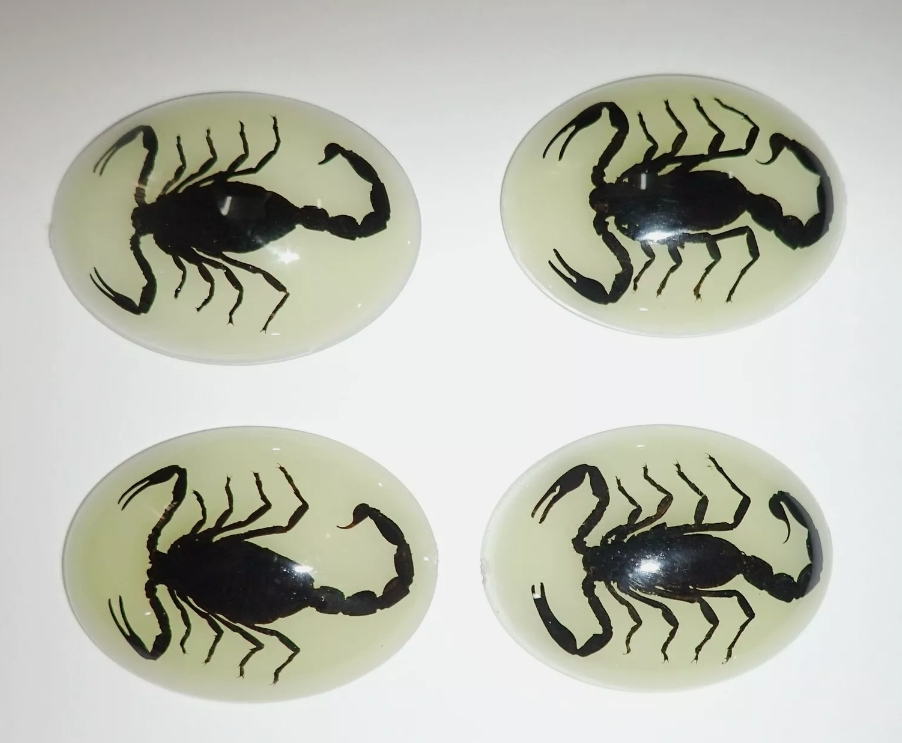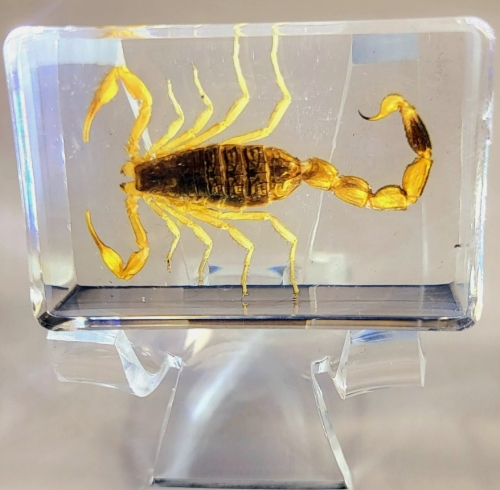These intriguing creatures exhibit a wide range of sizes and colors, with some species measuring just a few centimeters while others can reach lengths of up to 20 centimeters. Their bodies are divided into two main segments: the cephalothorax and the abdomen, which contains the tail tipped with the stinger. While not all scorpions are dangerous to humans, a few species possess venom potent enough to cause serious health issues. The study of scorpion venom has attracted scientific interest due to its potential applications in medicine, including pain management and cancer treatment.
Scorpions are primarily nocturnal predators, using their acute sense of touch and ability to detect vibrations to locate prey, which typically includes insects and small vertebrates. They employ their pincers to capture and immobilize prey before delivering a venomous sting. This predatory behavior plays a crucial role in maintaining ecological balance by controlling pest populations.
















